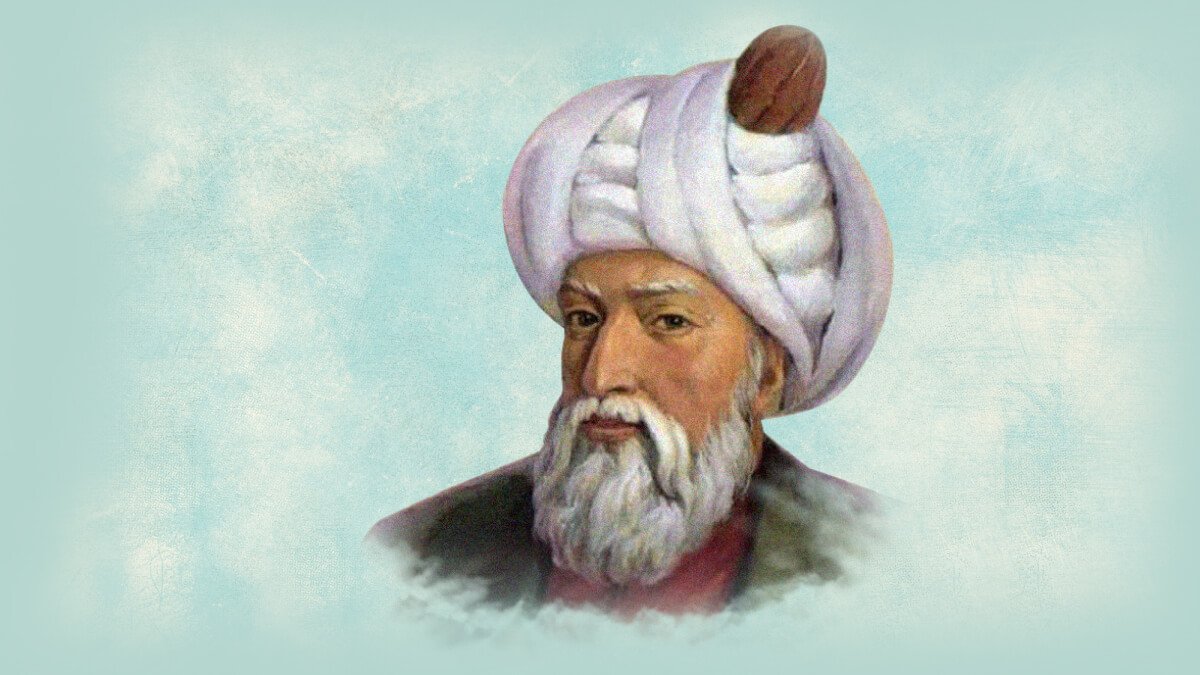An architectural design genius: Who is Mimar Sinan?
Mimar Sinan is one of the geniuses of Islamic architecture. Would you like to get to know Sinan, a fairy tale hero of architecture, with novels and stories written about it?

Mimar Sinan was born in 1490 in the village of Agrianos(present-day Ağırnas ) in Kayseri, in the southern part of Turkey's Central Anatolia region. He was born a child of a poor family. Mimar Sinan, 22, came to Istanbul during Yavuz Sultan Selim and was taken to the Janissary Corps. Sinan participated in the 1514 Caldiran War of Yavuz Sultan Selim and 1517 Egypt expeditions as an architect. Later, in 1521, he joined the Kanuni Sultan Süleyman's Belgrade expedition as a Janissary.
In 1533, during the Iranian campaign of Kanuni Sultan Süleyman, began to work on Mimar Sinan to go to the other beach in Lake Van. In two weeks, he made three galleys and equipped them to achieve success and gain great reputation. The time of the Karaboğdan expedition in 1538, the army needed a bridge to cross the Prut River. But a bridge could not be built despite days of work in the swamp area. The mission was given to Mimar Sinan by order of the Kanuni Sultan Süleyman. After the bridge was built and successful, Mimar Sinan was appointed as the chief architect at the age of 49 after 17 years of military life.
Sinan, who was the chief architect in 1538, was appointed Kanuni Sultan Süleyman, II. Selim and III. Murat did in this periods this job for 49 years. Three of his works before he became the chief architect also attracted attention. These were: The Husreviye Complex in Aleppo, Shepherd Mustafa Complex in Gebze and Haseki Complex built for Hürrem Sultan in Istanbul. These complex were carefully constructed according to the style of cities and times made, and each one of them was the best in their field.
His love for Mihrimah Sultan
Born in 1522 in Topkapi Palace, Mihrimah was named after his father Sultan Süleyman, who meant the sun and the moon in Farsça. When time passed, when Mihrimah Sultan turned 17, two candidates came up for marriage. One was Diyarbakır Governor Rustem Pasha and the other was Koca Sinan, the chief architect. Mihrimah was married to Rustem Pasha with the same initiatives as Hürrem Sultan.
Many years passed and Mihrimah Sultan called upon Mimar Sinan one day to build a complex in a beautiful place in Istanbul on his behalf. In 1540, Mimar Sinan laid the foundation of the Mihrimah Sultan Complex in Üsküdar and was completed in 1548.
In 1562, Mihrimah Sultan called upon Mimar Sinan once again and asked him to complex another tower in Istanbul on his behalf. Sinan also chose the highest peak in Istanbul for the second complex. The new complex would be built at the bottom of the Edirnekapı walls. According to the rumor, Mimar Sinan was unable to achieve Mihrimah Sultan, whom he fell in love with with with a deep passion, but he was able to express his love for her in his art with her beauty.
Sinan, the mathematical genius, has also been kept a secret to the mosques that are in the two complex he made for Mihrimah Sultan. In the few days of the year (April and may), the sun set from the rear of a mosque, and the moon rises from the other mosque, dedicating Mihrimah Sultan to the name of the sun and the moon. So for the Mihrimah Sultan he fell in love with, he brought the moon and the sun to these mosques.
Chief architect period
After becoming Mimar Sinan's chief architect, the three great works he gave were the steps to develop his art. The first is the Şehzade Mosque and its Complex in Istanbul. This mosque was an example of all the mosques later made. The Süleymaniye Mosque was the greatest work of Mimar Sinan in Istanbul. It was done between 1550-1557 during the period of journeyman, as he calls it.
The greatest work of the Mimar Sinan was the Selimiye Mosque in Edirne, which he did at 86 and presented as "my masterpiece". This mosque was able to lead the most important architectural structures of the Ottoman Empire by demonstrating the language of the classical Ottoman-Turkish architecture combination, with its proportions and decorations. As long as he was an architect, he worked on different things. He restored the old ones from time to time. He spent his greatest efforts on this issue for Hagia Sophia. It was also his duty to destroy structures that were built close to monuments with ancient artifacts and disrupted their appearance. For these reasons, it destroyed some houses and shops around Zeyrek Mosque and Rumeli Fortress.
Mimar Sinan, who passed away in Istanbul in 1588, was buried in a simple, white-stone shrine he made next to the Süleymaniye Mosque. Sinan has lived 81 mosques, 51 madrasas, 55 madrese, 26 darul-kurra, 17 tombs, 17 imarethane, 3 hospitals, 5 waterways, 8 bridges, 20 caravanserais, 36 palaces, 8 cellars and 48 hammam made 375 works in total. The Selimiye Mosque in Edirne province also took part in your World Cultural Heritage List. So we witnessed the success and great work of Mimar Sinan with every work he has ever done and ever since.
